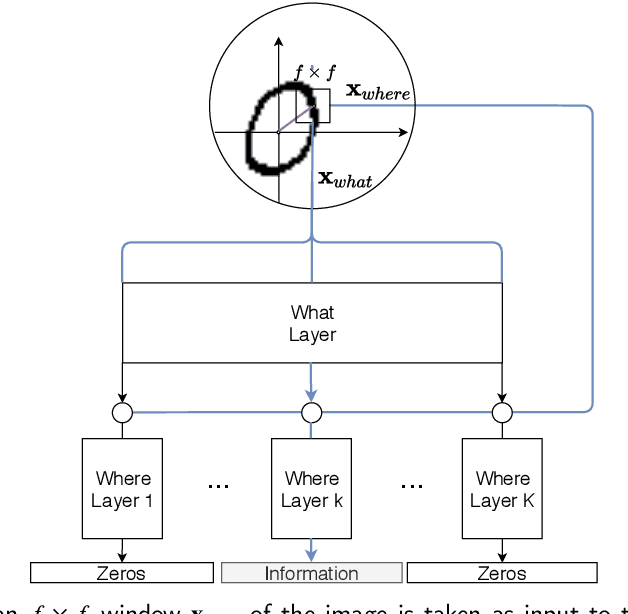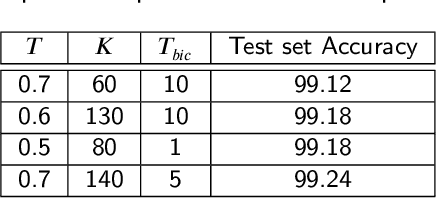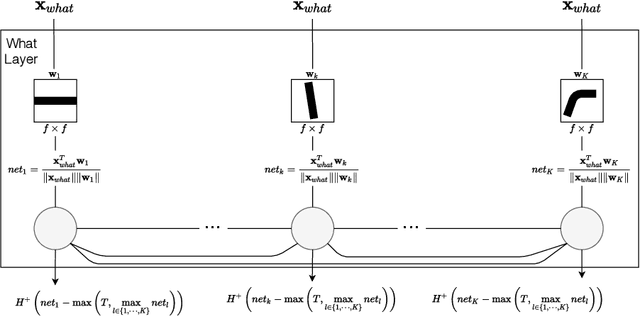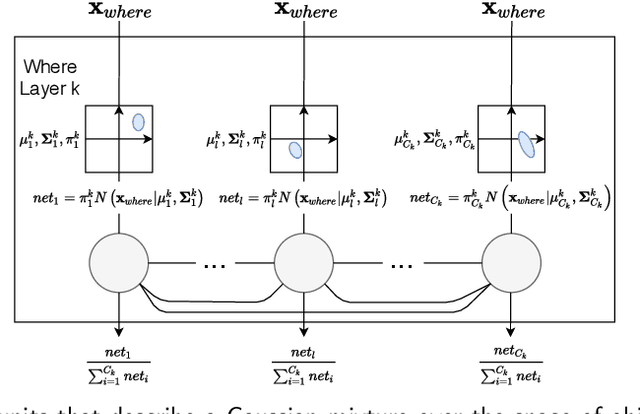Using brain inspired principles to unsupervisedly learn good representations for visual pattern recognition
Paper and Code
Apr 30, 2021



Although deep learning has solved difficult problems in visual pattern recognition, it is mostly successful in tasks where there are lots of labeled training data available. Furthermore, the global back-propagation based training rule and the amount of employed layers represents a departure from biological inspiration. The brain is able to perform most of these tasks in a very general way from limited to no labeled data. For these reasons it is still a key research question to look into computational principles in the brain that can help guide models to unsupervisedly learn good representations which can then be used to perform tasks like classification. In this work we explore some of these principles to generate such representations for the MNIST data set. We compare the obtained results with similar recent works and verify extremely competitive results.
 Add to Chrome
Add to Chrome Add to Firefox
Add to Firefox Add to Edge
Add to Edge